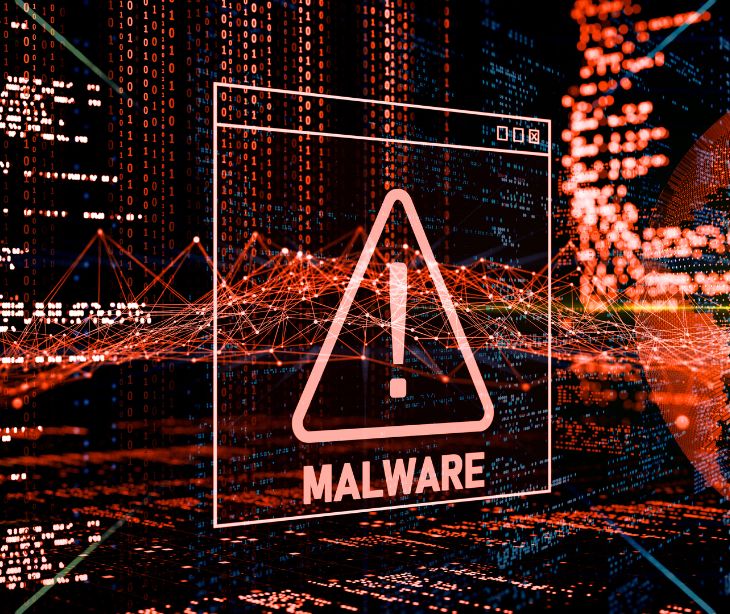
Healthcare data security safeguards sensitive information, ensuring the privacy and integrity of patient records, and protecting healthcare organizations from potential cyber threats.
Understanding healthcare data security
Healthcare data security primarily concerns compliance with the Health Insurance Portability and Accountability Act (HIPAA) regulations. These regulations provide guidelines for managing and protecting sensitive healthcare data. Healthcare providers and organizations must implement the tools and techniques outlined by HIPAA to ensure data security and control access to patient information.
The importance of HIPAA for healthcare data security
HIPAA is a cornerstone for healthcare data security by establishing data protection and privacy standards. It emphasizes the need for secure infrastructure, access controls, and encryption to safeguard electronic protected health information (ePHI). By complying with HIPAA regulations, healthcare organizations can minimize the risk of data breaches and ensure patient data's confidentiality, integrity, and availability.
Go deeper:
Common risk factors in healthcare data security
1. Use of outdated systems
Outdated systems often lack the necessary security updates and patches, making them vulnerable to cyber threats. Manufacturers may discontinue support, leaving these systems exposed to potential breaches.
2. Email scams with malware
Healthcare organizations with numerous employees become targets for attackers who send malware through email. If a single individual falls victim and installs the malware, the entire network can be compromised.
3. Internal threats
Healthcare organizations have a diverse mix of individuals, including employees, contractors, and vendors, who are granted access to their networks. If a hacker gains access to a device belonging to one of these individuals, they can use it as a gateway to infiltrate the entire network.
4. Unsecured wireless networks
Healthcare facilities often provide wireless access to patients and visitors, but these networks may lack adequate security measures. Hackers target these vulnerable access points to gain unauthorized access to the network.
5. Lack of strong passwords
Many employees use weak passwords, making it easier for hackers to guess and gain unauthorized access to the network. Implementing strong password policies mitigates this risk.
6. Lack of training
With a large number of employees in healthcare organizations, ensuring that everyone understands and follows data security best practices can be challenging. Regular training sessions and awareness programs are necessary to promote a culture of cybersecurity.
7. Failure to keep data secure
Healthcare organizations frequently need to transmit sensitive data across different entities, such as campuses, doctors, and insurance companies. Failing to use secure transmission technologies, such as data encryption, increases the risk of unauthorized access and data breaches.
See also: HIPAA Compliant Email: The Definitive Guide
Steps to protect healthcare data
Implementing security measures protects healthcare data from potential threats. Here are six steps that healthcare organizations can take to enhance data security:
1. Data encryption
Data encryption provides a secure method of transmitting sensitive information by encoding it, requiring a decryption key for access. Implementing encryption protocols ensures that even if intercepted, the data remains unreadable to unauthorized individuals.
2. Anti-virus applications
Anti-virus applications detect and prevent thousands of known viruses from infiltrating healthcare networks. Regularly updating and scanning systems for malware is necessary for maintaining a secure infrastructure.
3. System monitoring applications
System monitoring applications enable IT teams to track endpoints connected to the network and detect any suspicious activity. Proactive monitoring allows for early detection and response to potential security breaches.
4. Multi-factor authentication
Multi-factor authentication adds an additional layer of security by requiring users to provide extra information beyond usernames and passwords. Security questions, physical authentication devices, or biometric data enhance access controls.
5. Ransomware protection
Dedicated anti-malware solutions can specifically target ransomware threats, preventing their spread and mitigating potential damage. Some cybersecurity companies offer decryption keys to victims, allowing them to regain control of their systems without paying ransom.
6. Employee training
Educating employees on data security best practices minimizes human error and promotes cybersecurity awareness. Regular training sessions and awareness programs ensure employees understand their role in maintaining data security.
Subscribe to Paubox Weekly
Every Friday we'll bring you the most important news from Paubox. Our aim is to make you smarter, faster.





